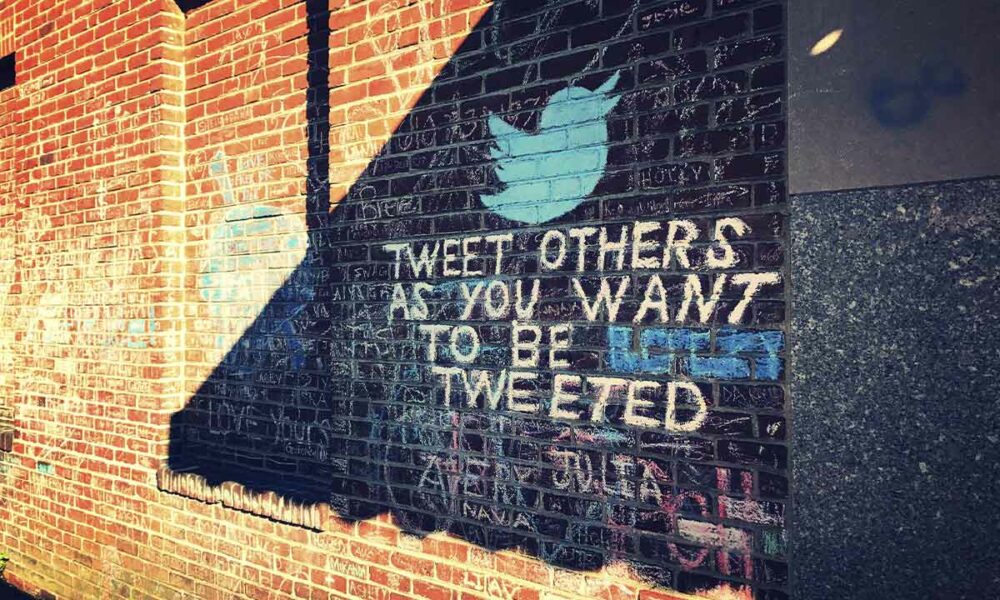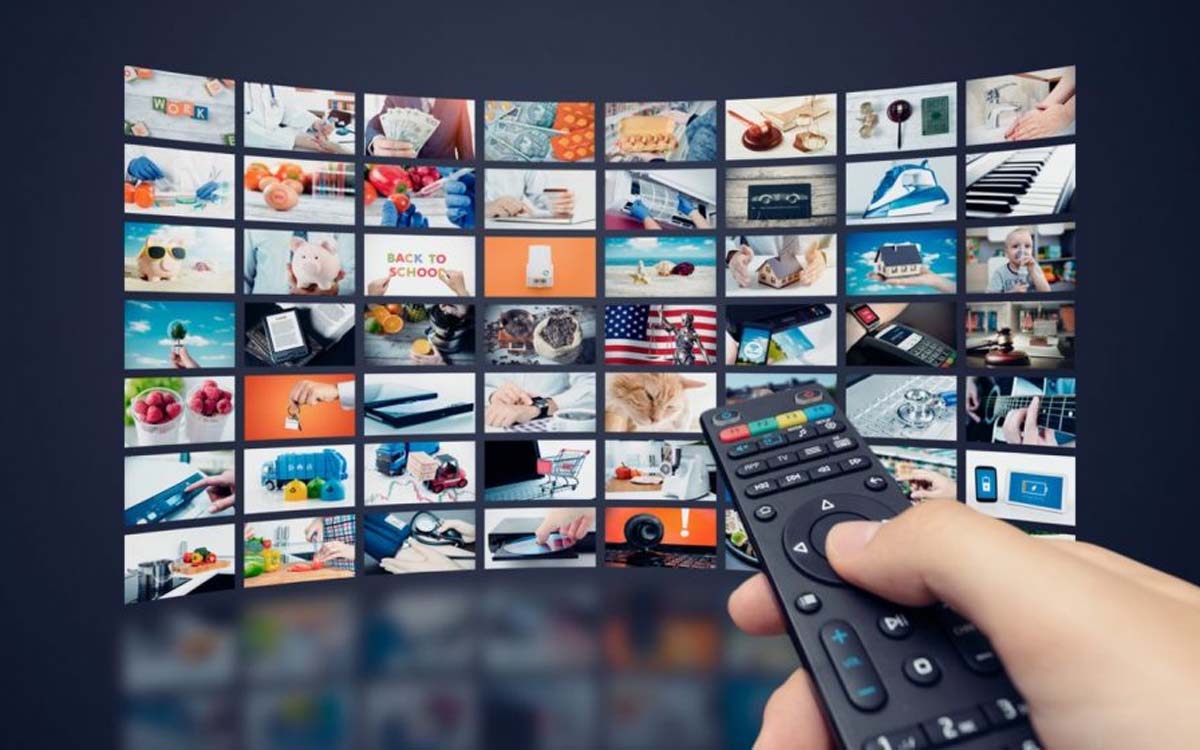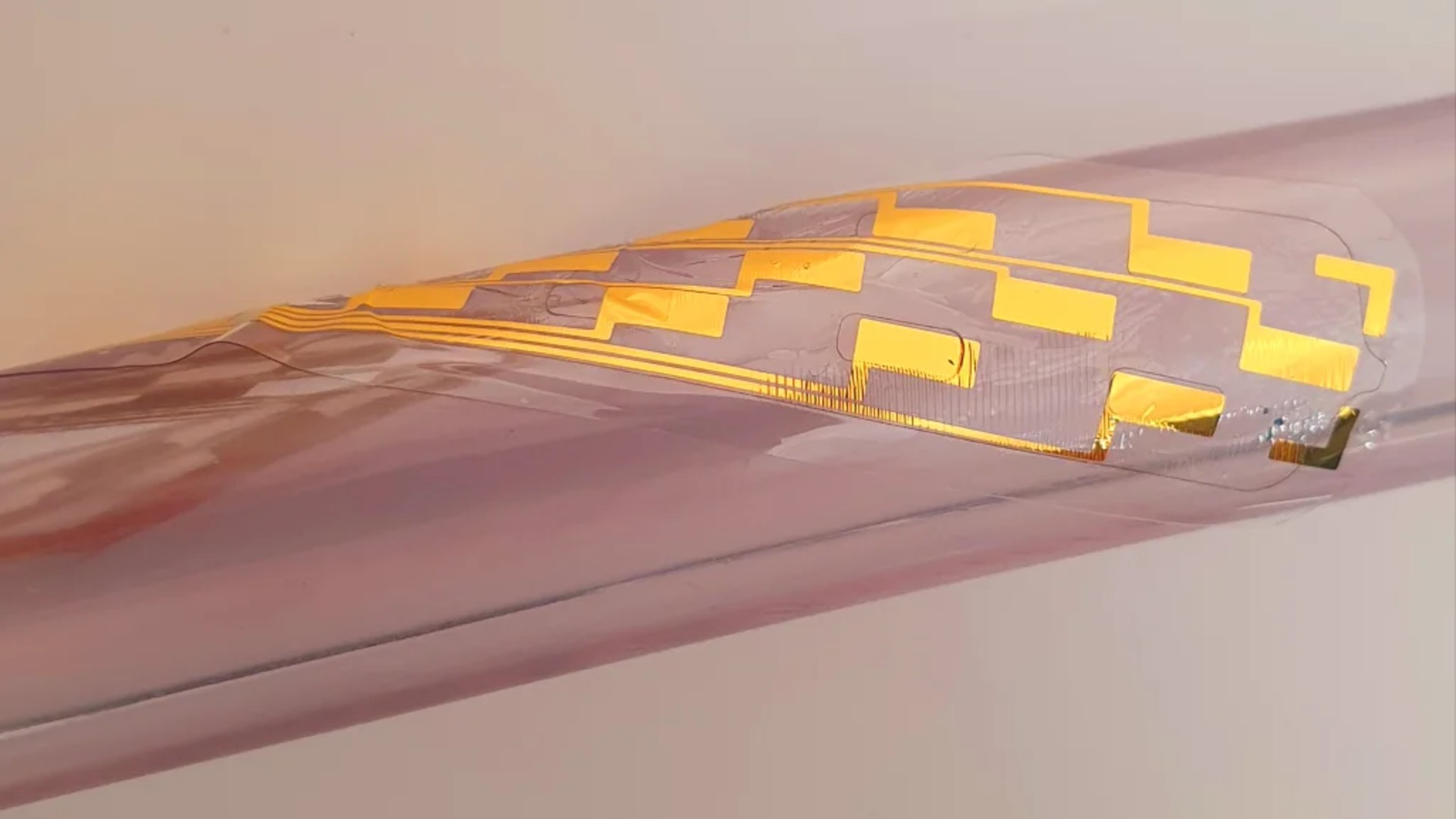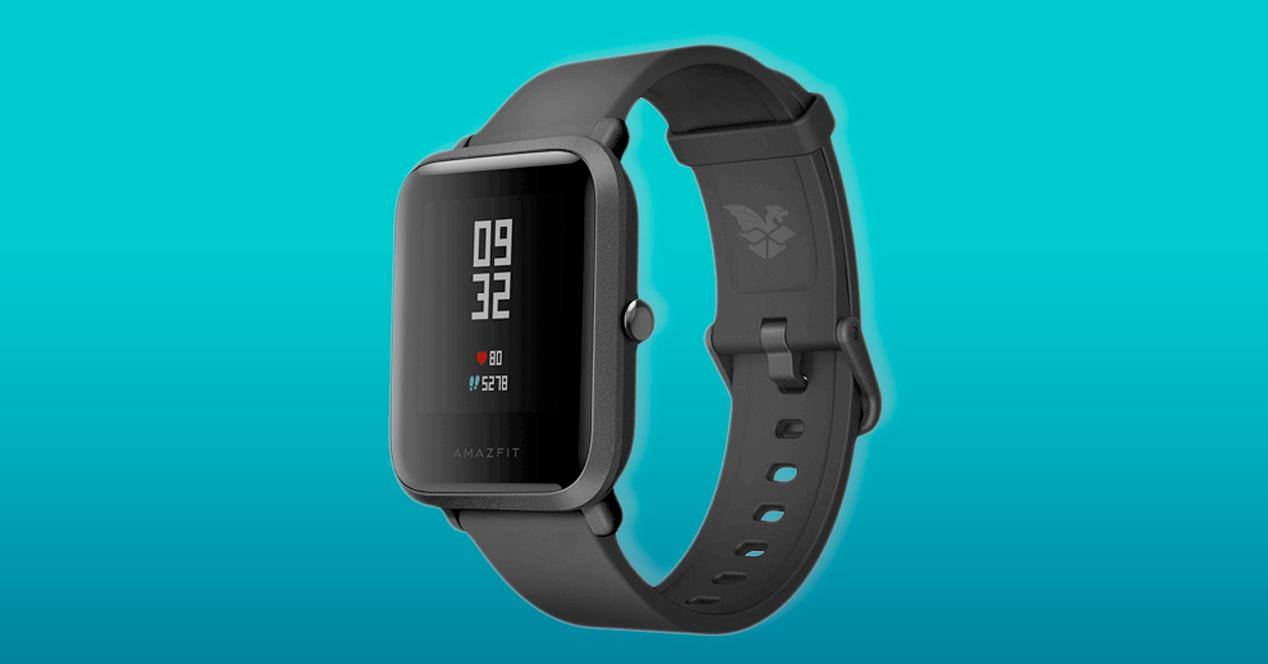
One day you go to Twitter (I suppose you already know that Elon Musk has finally resumed his purchase, right?), you start to review the tweets that the social network has selected and ordered for your timeline and, suddenly, you come across a message that leaves you speechless, dumbstruck, a publication that, because of what you like or because of what irritates you, you decide what you should share with your followers. If it is for the good, alone (that is, without adding any annotation) or with some brief consideration. If it’s for the worse, possibly with a string of insults, an analysis of why you think he’s wrong, or simply your opinion on the matter.
All normal up to this point, but this is where the story forks into two possible actions. The first, the most common, is to press the button to share the tweet, and which for some time has offered us to make a retweet without further ado, or share it by adding whatever we want (text, images, etc.), either to complement it or to refute it. That is the method proposed by Twitter for users to share messages, and the one used by many on a regular basis.
However, since even before the days when Twitter had the retweet function, users have used another method to share messages from other users: take a screenshot with them and, in its time, upload it to a service to add images to tweets (when they couldn’t include images), and later, when it was possible, to include them directly in the messages. And to this day, this method is still quite common.
Twitter is trying to persuade me to Share Tweet or Copy Link instead of taking a screenshot of the Tweet pic.twitter.com/vwFYNsf003
— Jane Manchun Wong (@wongmjane) October 6, 2022
However, the social network prefers that tweets be shared with the tools it has provided for this purpose and, as identified by Jane Manchun Wong, the most prolific and successful of the analysts of this social network, Twitter is testing a new feature that, when it identifies that you’ve taken a screenshot, invites you to retweet or copy the link instead of using the screenshot you just took.
It makes perfect sense that Twitter shows a preference for these methods, since in this way interaction with the original message is facilitated, navigation between messages and profiles is stimulated and, in general, it is easier for the user to spend more time on the social network, the great objective of these services. However, it is no more than a recommendation, and it seems unlikely that Twitter will begin to impose limitations on screenshots, which, moreover, are especially useful if you suspect that the message you intend to share may end up being deleted, something quite common in this social network.



